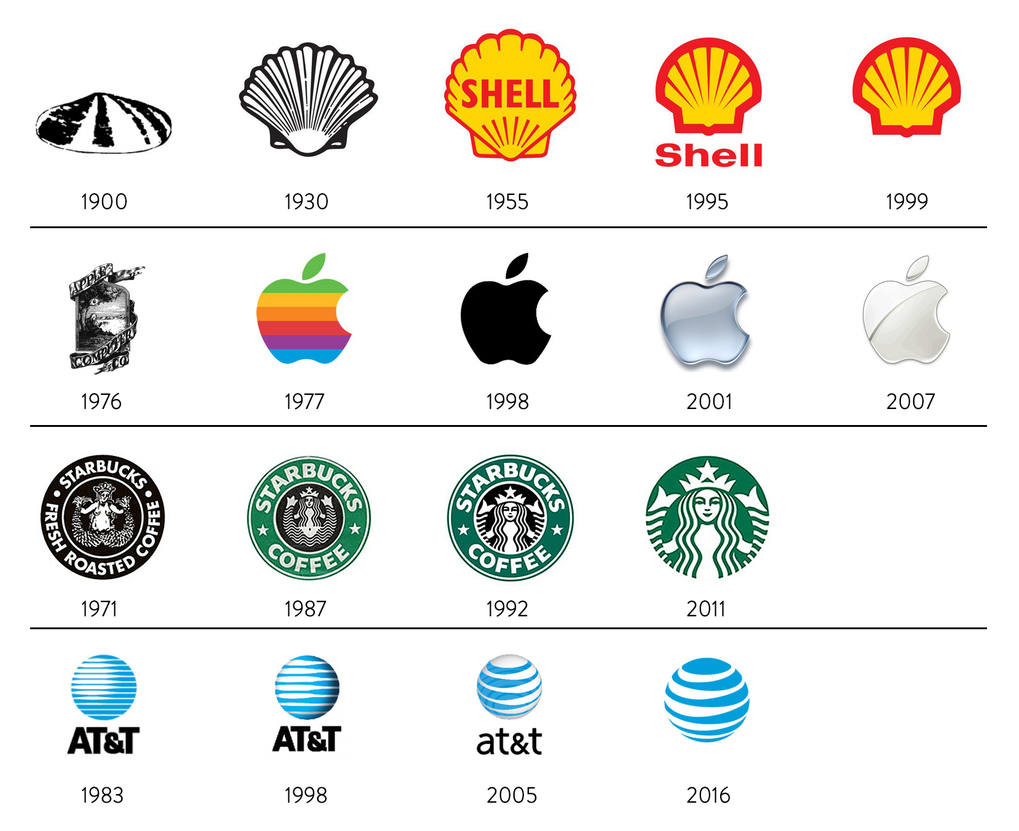Branding is often a neglected element of strategic planning exercises. Yet it is an essential tool in an organization’s efforts to achieve its positioning objectives and not only attract customers, but also secure sorely needed talent in a time of labour shortage. Thus, once a company has defined its vision, mission and values, it is also important to articulate its promise to both its customers and employees. To help companies harness the potential of their brand as a lever for growth, BrandBourg has developed five guiding principles in collaboration with fifteen or so recognized experts in the field of corporate governance. These principles provide an objective framework for brand analysis, allowing strategic advisors, managers and administrators to reflect on fundamental questions about branding.
Branding is often incorrectly thought of as being associated strictly with marketing. However, branding is a company-wide concern that requires a non-siloed approach.
Branding is the entire set of activities that make your company, or one of its brands, more relevant to its target audiences (customers, employees, citizens, investors). It also makes it possible for a company to differentiate itself or its brands from its competitors.
A well-executed branding exercise ensures optimal convergence between your products and services, who you are and how you do things, and how you behave and what you say. By aligning these variables, you can ensure a positive and memorable brand experience, one that endures in people’s hearts and minds and that they will want to relive again and again.
Unfortunately, the brand too often receives less attention than other types of corporate assets, such as equipment, infrastructure, etc. Make sure you invest in your brand, take care of it and assess it on a regular basis.
“Branding highlights the company’s unique promise. It is crucial, therefore, that it acts in a manner that is consistent with this promise.”
– Marc Poulin, Corporate Director, member of the Board of Directors of Quincaillerie Richelieu, Industrial Alliance, Groupe Sportscene, the Montreal Heart Institute Foundation and several advisory committees
The majority of companies have worked on their mission, vision and values. Few of them, however, have a clearly articulated brand promise.
The promise summarizes all the benefits of your brand in a simple, relevant, differentiated and inspiring way. It expresses the reasons why your stakeholders would benefit from developing a long-term relationship with your company.
The promise bridges the gap between the strategic plan and the action plan.
All the people in your organization, including members of the Board, must take ownership of the brand promise. If you have not yet defined it, put that task on the agenda of your next strategic planning meeting!
“Branding is probably a company’s most critical collaborative exercise. Getting the support you need to see things from an outside-in perspective makes the process more fertile and impactful.”
– Claude Delage, Senior Investment Director, Transatlantic Fund (Siparex / Desjardins Capital co-management) and member of several advisory committees
Be aware of how your customers, employees and other stakeholders perceive your brand. Study the gap between these perceptions and your aspirations. Make it a key performance indicator (KPI) for your company. This will give you a clearer and more objective picture than if you rely solely on your own perceptions.
“Clarity and coherence in branding go a long way. You have to consider the brand image, the brand’s relationships with customers and partners, its presence in the media and, above all, the brand values that represent the company’s personality. We have a clear vision because we have brand clarity: we focus on reliability, thoroughness and honesty.”
– Sylvie Leduc, VP Brand Management and Customer Promise, Belron Canada / Lebeau vitres d’auto

“Our promise to employees and our selection criteria for our investments and contributions have clearly been shaped by our mission and values. Our chosen causes, our people, and our organizational DNA are thus in perfect harmony.”
– Claudine Blondin, Co-chair of the Claudine and Stephen Bronfman Family Foundation and member of the Board of Directors of Stingray, C2 Mtl and the OSMO Foundation
Sometimes, due to a lack of time or resources, an organization’s brand promise is publicized before its brand strategy is well implemented internally. To be effective, your strategy must be flawlessly executed, which means your actions must be aligned with your promise before you communicate that promise loudly and clearly.
“Regardless of the size of the company, it is essential that managers understand the importance of branding, since it is the driving force behind customer relations.”
– Jean-René Halde, Corporate Director since his retirement as CEO of the Business Development Bank of Canada
Brand image influences perceptions of a product or service. Don’t let your brand image lose its relevance or appeal by neglecting to invest in updating it. It is appropriate to review brand expression so as to remain in step with the times and be aligned with brand perception. Depending on the type of tools and principal applications (digital or print), this should be done every two or three years, and every 7 to 15 years for the brand identity.
“In an era of labour shortages, the most successful companies will be those in which the employer brand and the customer value proposition are fully aligned and authentic!”
– Jean Allan, business innovation coach and member of the advisory committees of several companies

“A company's dashboard is like that of an aircraft: it has several screens that help you pilot the aircraft well. It’s imperative to have a screen – i.e., kpi's – dedicated to the brand.”
- Michel Lanctôt, Executive Director, Groupe Médicus and member of various boards of directorsView more relevant articles